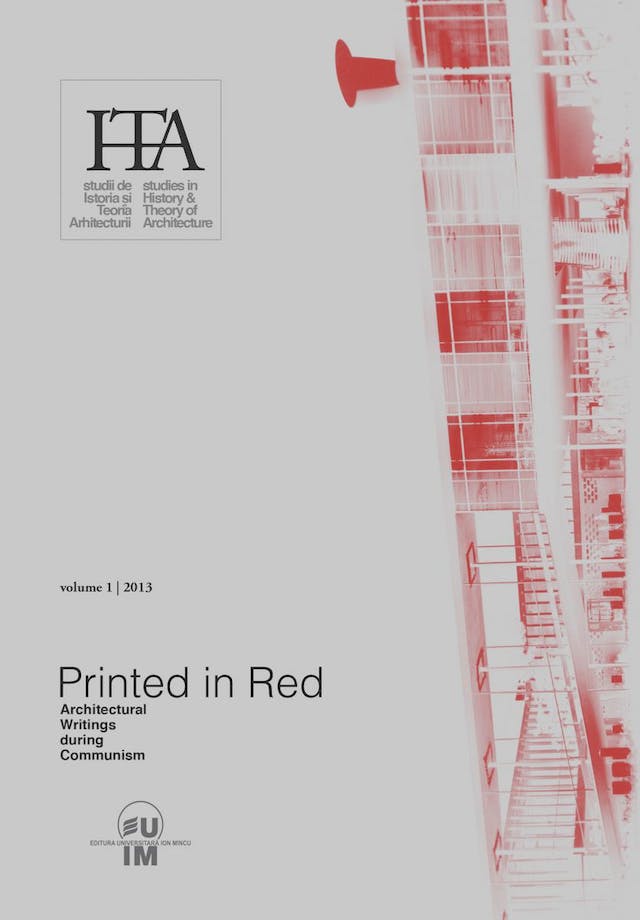Thinking about the Bauhaus from the Other Side: the History of the Bauhaus Kolloquium in Communist Germany
by
Rixt Hoekstra
Keywords
Architectural history
history of the Bauhaus in Eastern Germany
history of communist cultural policy in the GDR
This article deals with the history of the Bauhaus Colloquium held every three years at the Bauhaus University of Weimar. Specifically, it discusses the context of the first two Colloquia of 1976 and 1979. Today, The International Bauhaus Colloquium held at the Bauhaus University of Weimar is the most renowned conference on the theory and history of architecture in the German-speaking realm. In the past decades the Colloquium has gained a reputation as a place where hot topics are discussed, such as the place of architecture in a world of global and diffused power (2009) or the close relationship between architecture and media (2007). Freedom of expression and critical exchange seems a natural given in such a context. However, the origins of the Colloquium are to be found in quite a different setting. The first Colloquium was organised in 1976, during the years of the GDR regime in Eastern Germany. It was an outcome of the debate by the side of scholars, architects and the Socialist Unity Party, what to do with the Bauhaus heritage. In this way, the history of the Bauhaus colloquia reflects the larger history of GDR cultural politics. It also reflects the intellectual history of architectural modernism in Communist countries as a theme about which we have limited knowledge today. Finally, as the colloquia were meeting points for the European Left involved in architectural modernist studies, it also exemplifies the history of left wing scholars in confrontation with the Left on the other side of the Wall.
Published in

Chicago citation style
DOI:
10.54508/sITA.1.09